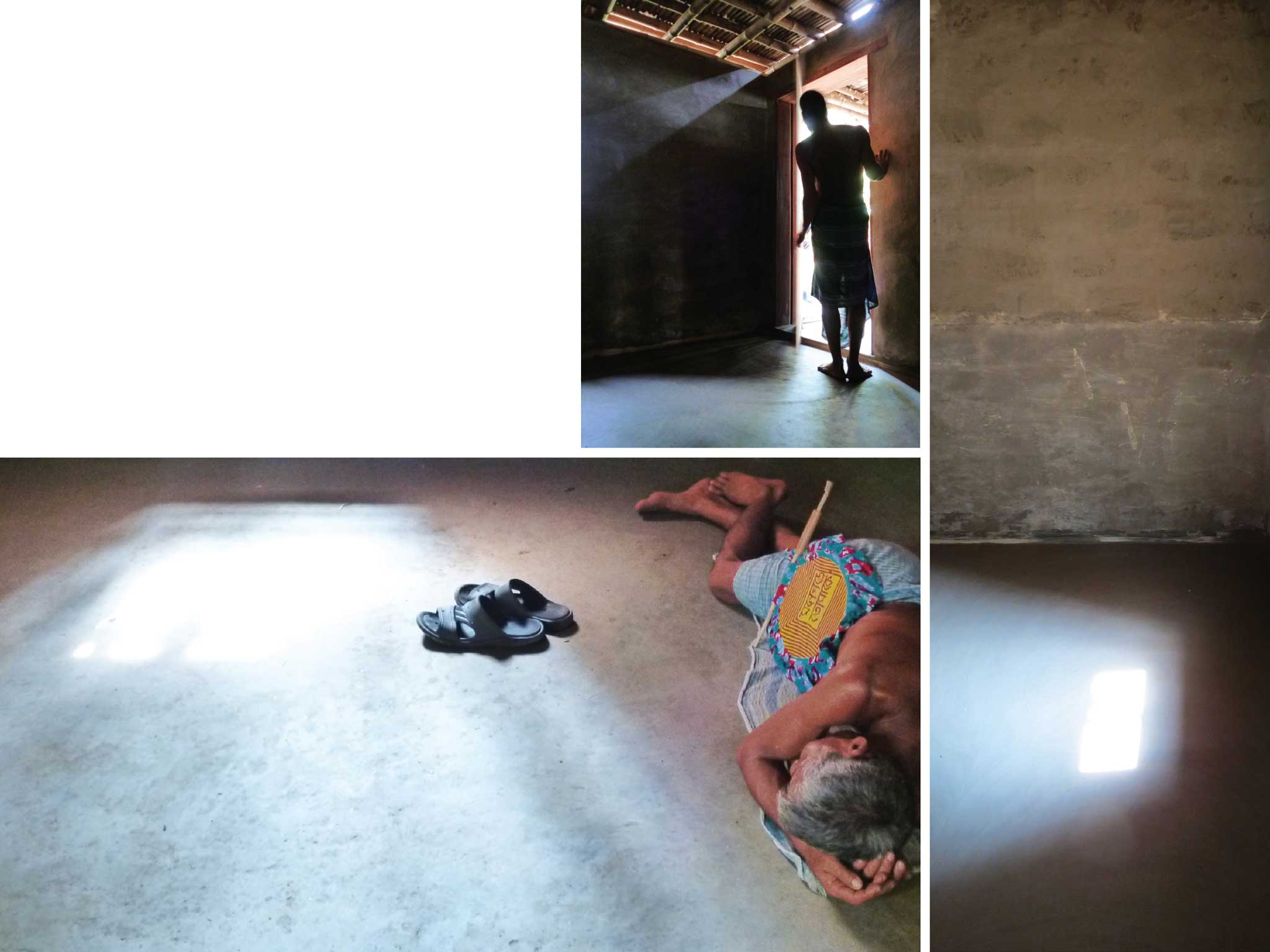It is an exciting time in the office. Our website is now out in the big wide world and we are supported by a new Facebook page. We believe wholeheartedly in public interest design and the human centred methods which are integral to the approach.
We like to be up to date with global initiatives and social media provides a platform to share ideas. Although still in our infancy, it is wonderful to receive support from friends and strangers, individuals and organisations that are keen to join us in our design revolution. We are honoured to have been recognised on one of our favourite blogs, Public Interest Design and we hope to continue reaching out to those with an interest in this field.
Thank you for your support.
Author: J. Ashbridge






